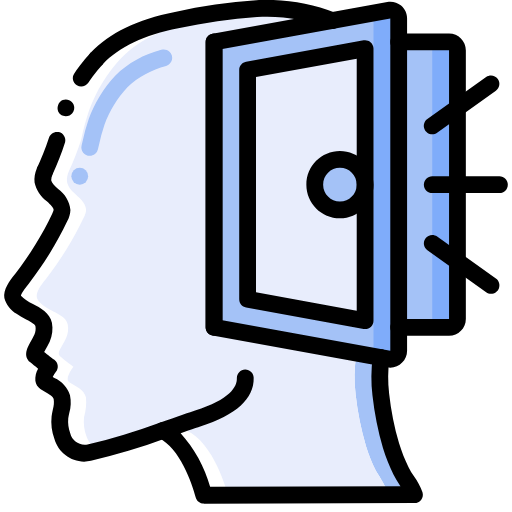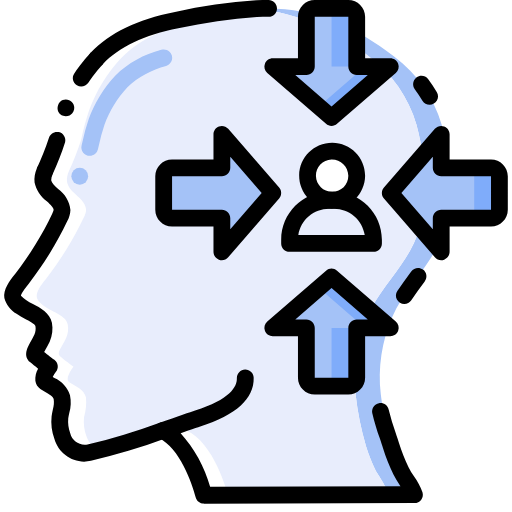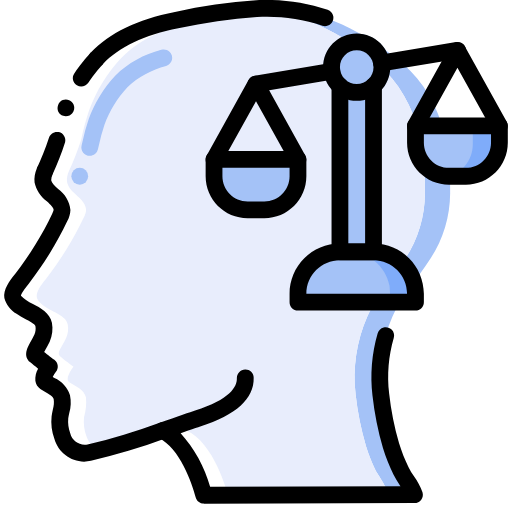Personality traits
Myers-Briggs Type Indicator (MBTI)
The MBTI assessment helps students identify their preferences in four areas of personality:
How do they direct and receive energy:
Do they direct their energy outward enjoying interaction with others and acting or inward, focusing on their own thoughts and reflections and preferring to engage with ideas and personal experiences?
How do they take in information:
Do they concentrate on concrete, sensory details and prefer direct data that can be perceived and interacted with via the five senses, or do they lean toward seeing the big picture, focusing on relationships and patterns, and paying attention to future possibilities and trends?
How they make decisions:
Do they decide based on logic and objective analysis of facts prioritizing fairness and consistency or do they prefer Feeling, making choices according to personal values and the impact on others?
How they deal with the external world:
Do they prefer Judging favoring organization, structure, and advance planning, and feeling comfortable once decisions are made and implemented or do they prefer Perceiving, valuing flexibility, adaptability, and keeping options open to explore new opportunities?

Extravert (E)
Extravert (E)
directs their energy outward, enjoys interacting with others and acting.

Introvert (I)
Introvert (I)
directs their energy inward toward thoughts and reflections, preferring to engage with ideas and personal experiences.

Sensing (S)
Sensing (S)
focuses on concrete sensory details and realistic information, preferring data that can be observed and experienced through the five senses.

Intuitive (N)
Intuitive (N)
favors intuition—thinking about the big picture, relationships, and patterns—and concentrates on future possibilities and trends.

Thinking (T)
Thinking (T)
prefers to make decisions based on logic and objective analysis of facts, prioritizing fairness and consistency.

Feeling (F)
Feeling (F)
prefers to make decisions based on personal values and the impact on others, placing importance on emotional harmony and relationships.

Judging (J)
Judging (J)
favors organization, structure, and advance planning, and feels comfortable once decisions are made and implemented.

Perceiving (P)
Perceiving (P)
favors flexibility and adaptability, tending to keep options open and explore new opportunities rather than adhering to strict plans.
The Myers-Briggs Type Indicator (MBTI) aims to:

Understand the learning styles that suit individuals to achieve successful outcomes.

Guide individuals to gain better self-awareness and build self-confidence that will support them throughout their educational and professional journeys.

Enhance decision-making ability by helping individuals understand their personality preferences.
The Myers-Briggs Type Indicator (MBTI) helps to:

Determine how individuals direct their energy, take in information, make decisions, and interact with the external world.

Build self-awareness by helping people recognize their strengths, weaknesses, and personal preferences.

Understand different communication styles to improve interactions with others and appreciate their perspectives.

